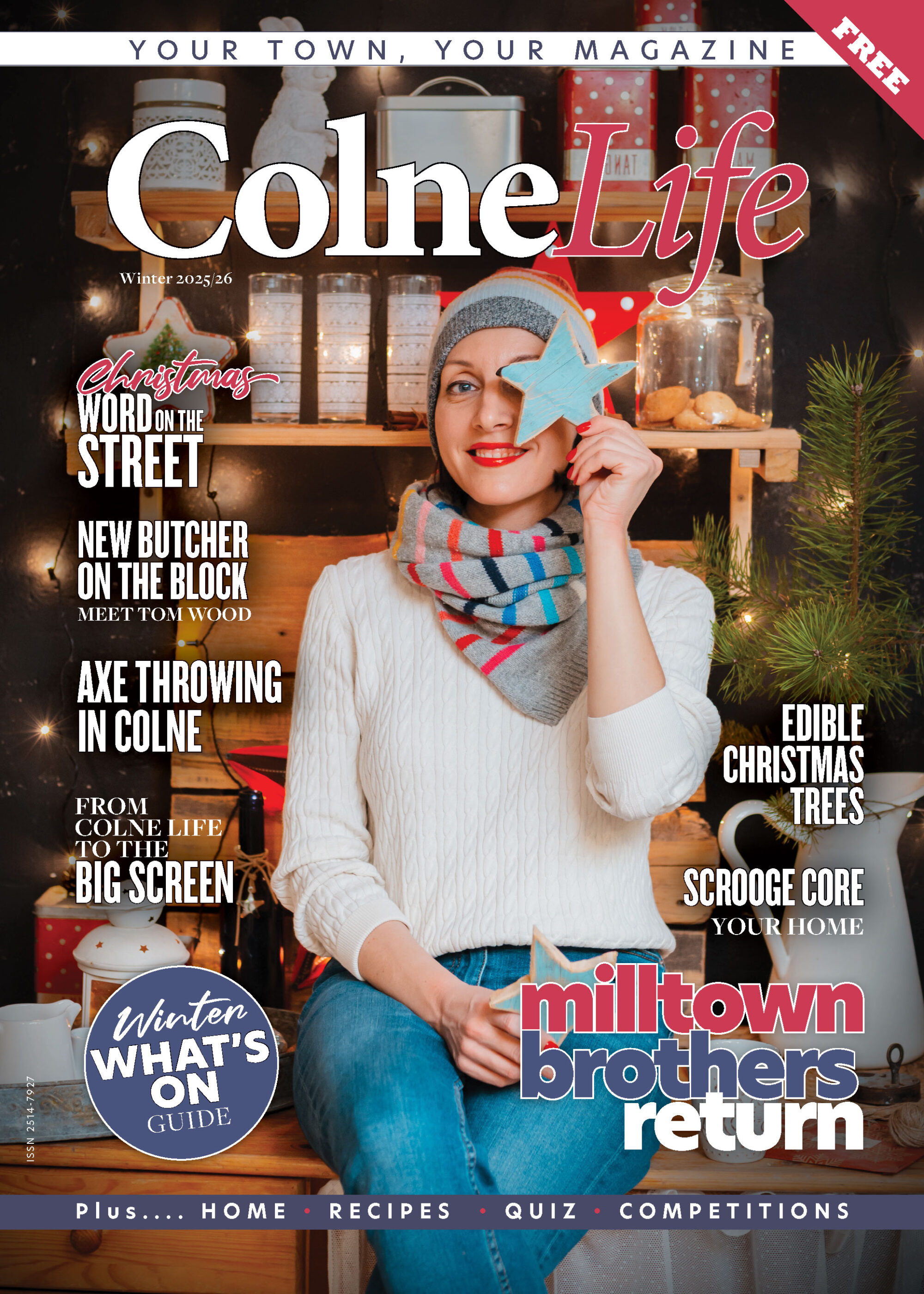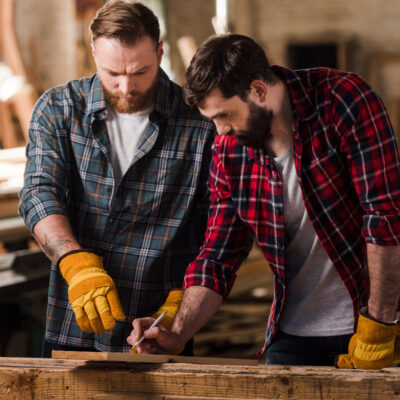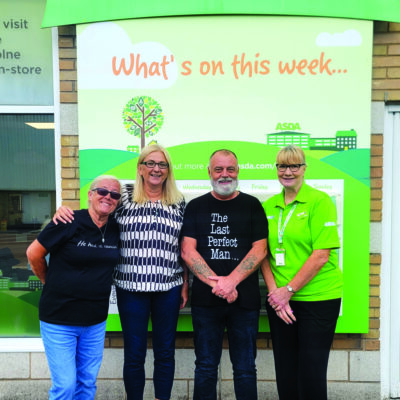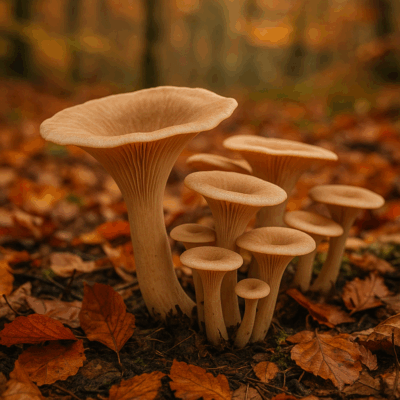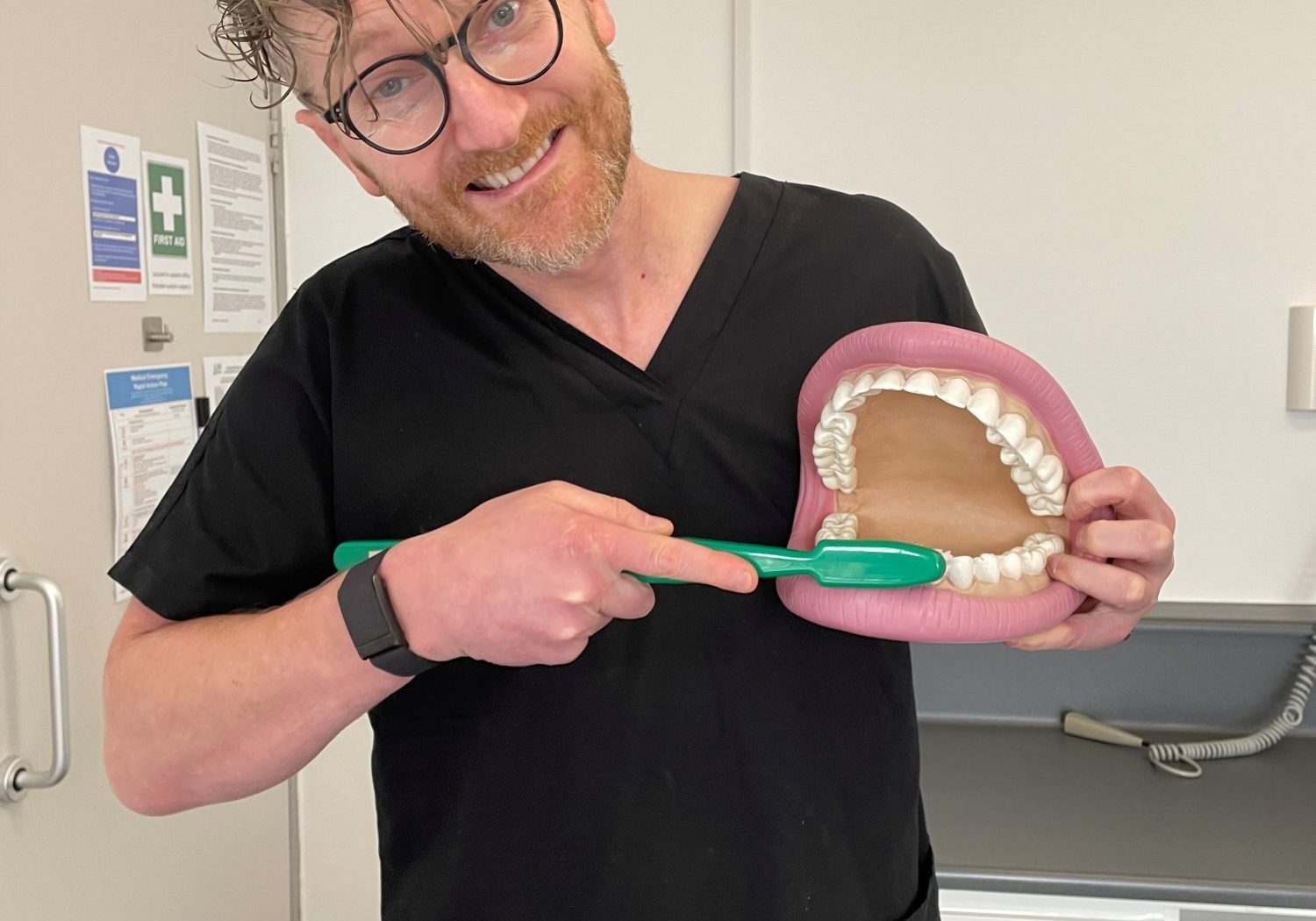
Tom’s Toothy Tips: Top Five Questions Asked By Parents about Children’s Teeth
by Colne Life magazine
TIPS TO CARE FOR YOUR CHILDREN'S TEETH
Dr Tom Friar, a practitioner in dental care from Skipton Road Dental Practice in Colne, shares his expert tips on achieving and maintaining your child’s healthy smile.
-
When do I start brushing my baby’s teeth? This is a simple one. As soon as they start coming through the gums! It can be a challenge initially – they do love to chew the brush. Just use a thin smear of adult or children’s toothpaste. It’s likely they will swallow some of the toothpaste, but don’t worry it’s not a problem. Just try your best. As long as the paste gets in their mouth and in contact with the teeth, it will have the desired effect of strengthening them from the get-go.
-
At what age should children start seeing a dentist? Again, the answer to this is really straightforward: as soon as the teeth start to come through the gums. The dentist can start to look for any problems at an early stage. Also, starting to see the dentist when we are young is important because it helps us acclimatise and get used to the experience. Then, if later we do encounter any problems, we have a better capacity to cope with treatment. It takes time to build trust and confidence. Better to invest early and start building a long-term relationship.
-
Which brush is best for my child? Children have small mouths, so it’s best to use a brush suited to the task. A big adult brush will be difficult to manoeuvre and clean the teeth effectively. Whether you choose manual or electric is your choice. Using an electric brush is less critical for children under age 16, although it certainly won’t do any harm. A medium bristle strength is plenty. We don’t want anything too firm as the bristles need to flex and clean into all the tiny spaces.
-
Why does my child have marks on their teeth? This is something to discuss face-to-face with a dental professional because there are lots of causes of marks on the teeth and this needs a proper examination to diagnose the cause. Some of the more common reasons are: (1) tooth decay – this can look chalky white in the early stages and brown or black as it develops; (2) poor oral hygiene – plaque and tartar deposits can look either yellow, brown or even green (!); (3) underdeveloped enamel – if something disturbs the cells making the teeth when we are young white spots can sometimes result in the enamel.
- Which toothpaste is best for my child? We now recommend children use an adult-strength toothpaste. For babies, a thin smear of toothpaste on a brush is plenty. For young children, just apply an amount the size of a frozen pea. You don’t need much! We used to recommend avoiding children’s toothpaste because historically they contained a low amount of fluoride. However, most modern toothpastes marketed for children now have a comparable amount of fluoride to adult pastes and are also effective. Just remember, spit, but don’t rinse out after brushing, to gain the maximum effect from the fluoride.
